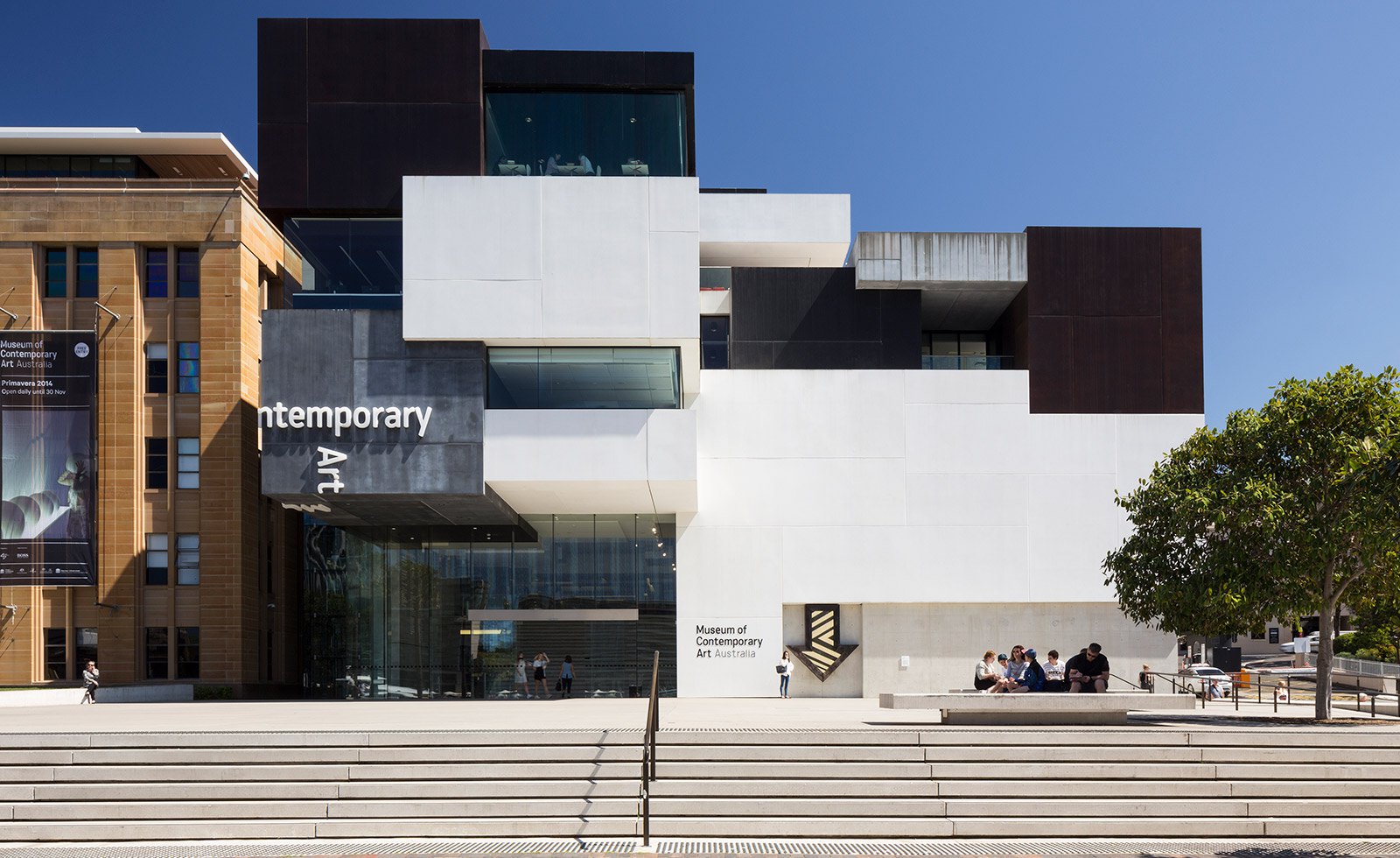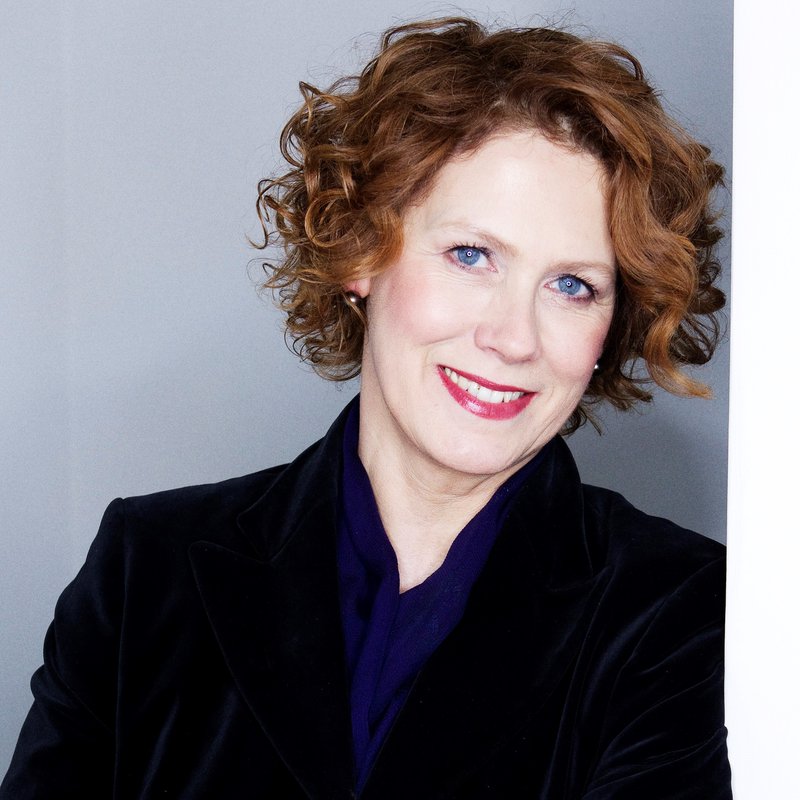Not all museums can be global

Written by Ana Folguera and published originally by exit-express.com, section VOCES, 1 November 2019

Ana Folguera: The subject of the next CIMAM Conference will be: Is context everything? From the “white cube” we have reached the museum-net, which is more like a set of relationships that make up the museum. What do you think about this issue? Is context everything?
Elizabeth Ann Macgregor: At the moment, with the world in such a difficult place, with the rise of populism, mass migration, museums under attack from various sides, it is even more important for the museum to define itself in its local context. So, while we are building global networks, the need to be able to define ourselves in relation to where we are in the world seems to me to be even more relevant.
AF: In the last years, the processes of mediation and education have grown in museums and art institutions. What do you think about this?
EAM: Education has been at the heart of museums since they were invented in the nineteenth century. Is not that new. In fact, the core function of the museum was to educate the public. So, I’ve always been astonished by this idea that somehow art museums are different and that as curators we should not be concerned with encouraging audiences to engage with works that may be very difficult for the general public to understand. For me, it is absolutely the role of a curator to act as a bridge between the artists’ works and the public at large. So, the very definition of the curator necessarily involves mediation and education to some extent.
AF: Do you think it is possible to combine curatorial lines and programs with those of mediation? Do you think they are incompatible and, if so, how?
EAM: Not all curators would be good mediators, so in most institutions a close collaboration between curatorial and educational staff is very important. And particularly in relation to artists, who are inevitably concerned about the way their work is approached or mediated. I think it is perfectly possible to build teams where you have mutual respect between curators and educators.
AF: The topic of the first part of the conferences is: “Challenging the Narrative: Indigenous Perspectives.” How have you conceived this?
EAM: Bearing in mind that the conference is taking place in Australia and the title of the conference is about context, the importance of the relationship of museums to indigenous cultures is inevitably one of the most important topics. As we look around the world and we see what has happened to indigenous cultures, museums should be taking the lead in making sure that their relationships with First Nations are ethical and encompassing. In order to do this, the conference has a scene-setting Keynote followed by three Perspectives, because, depending on which part of the world a museum is situated in, there will be different ways of relating to this important issue.
AF: How do narratives affect an institution?
EAM: The success of an institution now depends on having a strong narrative. The institution needs to be able to articulate its vision and ensure that people understand its mission. So, all museums are about storytelling, and the better we can do that the better we will be able to engage with our audiences.
AF: What about the future of collections? In a global context that is considering whether it is worthy to accumulate objects, what does the future hold for collections? What can you tell us about this part of the conference?
EAM: The issue of collections is a particularly challenging one. A museum director said to me recently, “I’m building warehouses for works of art that will never be shown in the museum.” And we have to think very seriously about what we collect, but more importantly why we collect and for whom we collect. And it is challenging because clearly the collection is every museum’s core. For a museum dedicated to contemporary art, the collection is essential both in terms of supporting artists and preserving their work for the future. But if we continue on the current path of building more storage and bigger buildings with less and less money to actually animate and educate our public about those collections, then I don’t have the answers. I think it is something we need to discuss further.
AF: Considering that collections reflect political interests, what factors should we consider in order to build up a collection in a public institution?
EAM: For me, this question relates back to context. I think all museums need to decide what the priority is for them. Not all museums can be global. This idea that we can all collect from all over the world, has intrinsic problems. At a time when we are concerned about sustainability, it is clearly a problem to be flying works of art around the world. So, we all have to look very carefully at what is important for our particular institution, together with its relationship with its audience and its artists. In this sense, CIMAM is working on a climate change initiative which will publicise examples of good practice.
AF: How have you arrived at the selection of speakers for the conferences?
EAM: The initial selection process was performed by the MCA team, which involves curators and education staff, and then by the contents committee of the CIMAM board. And our preference has always been to begin each day with a major Keynote speech that addresses the issues around the specified topic, and to follow that with Perspectives that are specific case studies, chaired by someone who can actually contribute to the debate, guide the discussion, and open it up to the audience. I think one of the most important things for any conference is not only to stimulate debate, but to ensure we actually allow debates to happen.
AF: Do you think “processual” or relational (performance, happenings, dance, etc.) practices compromise the future of museums?
EAM: I think ephemeral work offers one of the most interesting challenges for contemporary museums in terms of reflecting the art of today and what artists are doing. And ephemeral work – performance, new media, etc. – has always thrown up challenges for museums. And how we turn those into objects or items that can be preserved for the future is an open challenge, but nonetheless one that is absolutely essential. We have to be able to reflect the full range of contemporary practice.
AF: The Australian artistic context still remains pretty unknown in Spain. Could you comment on that?
EAM: As someone who visited Australia from England for the first time in mid-nineties, the thing that struck me immediately was of course the work by urban Aboriginal artists. Aboriginal artists who were working within the major cities that I visited on my first trip. I think this work is particularly important and interesting for international curators, because it is unique, it is something that is very specifically about the Australian story. But there are, of course, many other strands within contemporary Australian art. I think what would strike people most would be, in some ways, the similarities to work that you find in Europe and North America, and just as interesting.
AF: In the Australian artistic context, is there a big distance between museums and cultural minorities or collectives?
EAM: Museums in this country have made huge efforts to engage with their broadest communities. Australia is one of the most multicultural countries in the world, and therefore it has been an important part of the development of most museums here to engage with those communities. And very importantly, to engage with people who might not think that museums are for them, to really make people feel that museums are part of their culture too.
AF: What do you think is the definition of the museum today?
EAM: The important thing is that the museum is more than a repository of objects that are preserved and interpreted for the future. Clearly, that task is at the heart of any museum, but more than that, the museum is a place for debate, for discussion, for engaging audiences, for inspiring audiences. And I like to think that at a time when the world is so fractured, museums are places where people can come together and where young people can dream of a different future.
AF: What challenges do museums face today?
EAM: The rise of social media is both a good and a bad thing. The negative side is that it can mobilize people against the museum. Today, we face ethical challenges around funding and our funding sources, particularly in America. We see campaigns against corporate sponsors and philanthropists, which of course lead to financial challenges. It is a fast-moving world where people have very different expectations to those of the museums in the UK where I started. So, I think keeping up with the way audiences desire a particular kind of experience is a very big challenge for us.
AF: What about the work of CIMAM? What role does it play in the current artistic context?
EAM: Networks are essential for any profession. The ability to share issues, to talk about problems, to learn from others. CIMAM does this through its website, through its Museum Watch Program, and of course through its Annual Conference, all of which bring people together. We’ll never come up with definitive solutions to these issues, but to be able to learn from each other is the most important thing about CIMAM. And also, to put up examples of leadership and good practices from which other institutions might learn. And that’s not necessarily always big institutions.
AF: How do you evaluate the work of CIMAM in the few past years?
EAM: CIMAM has evolved. Having a fulltime staff working hard in the office makes us more than just an association of museum directors. The professional nature of CIMAM is incredibly important in allowing us to launch the kind of campaigns we’ve been discussing. Otherwise, we’re just a talking show. To be able to activate the Museum Watch Program. To be able to run a conference, etc., etc. For all this, you have to have professional expertise working together, and we now have a very committed, diverse, and passionate board of volunteers from the sector.